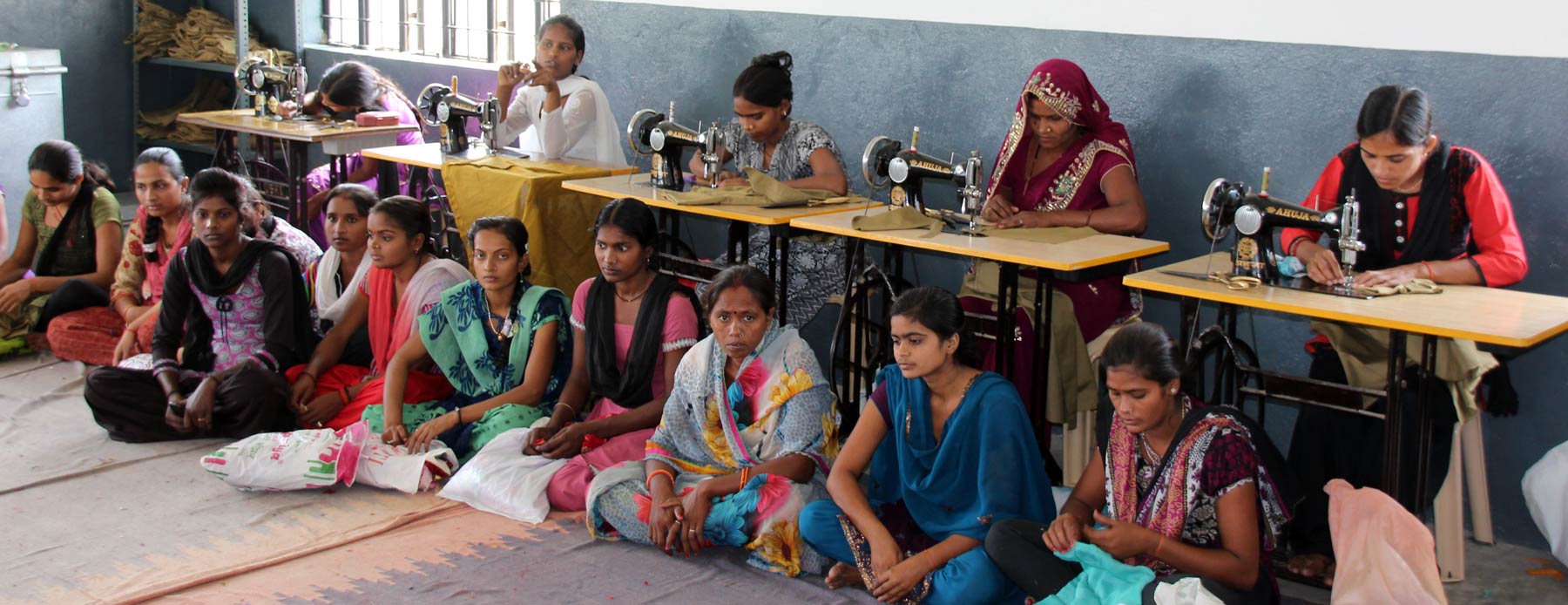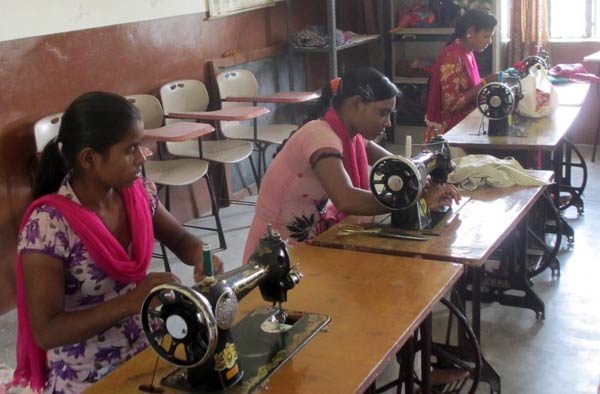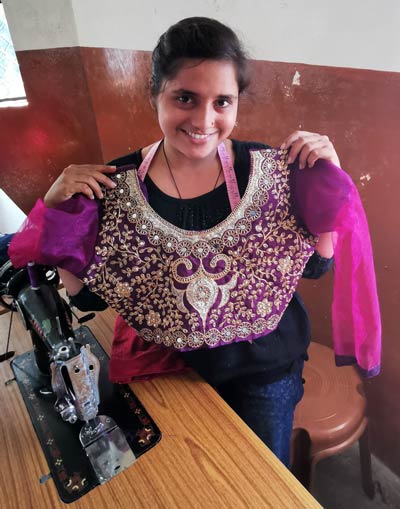
 Many of the women who live in the villages of Uttar Pradesh, a state in northern India’s “Carpet Belt”, have never learned how to read or write. This makes it all the more difficult for them to contribute their share of the household income or participate in current political affairs.
Many of the women who live in the villages of Uttar Pradesh, a state in northern India’s “Carpet Belt”, have never learned how to read or write. This makes it all the more difficult for them to contribute their share of the household income or participate in current political affairs.
CARE & FAIR wants to give these women the skills they need to have a greater impact on their own lives. It was for this reason that we launched our first Women Empowerment Program in November of 2001. We chose the Amita School to serve as the first site since it had just moved into a newer and larger building.
Our pilot project at the Amita School was soon to be followed by several other Women Empowerment Programmes at other CARE & FAIR schools. In many cases, these programmes help the mothers and older sisters of our students. These programmes give women the opportunity to learn basic skills in reading, writing, mathematics and hygiene. They can also learn how to sew and embroider – skills that make it possible for them to make and sell clothing and thus contribute to their own livelihoods.
 Knowledge and independence are two important factors that play a decisive role in improving the status of women in village communities and ultimately in society as a whole.
Knowledge and independence are two important factors that play a decisive role in improving the status of women in village communities and ultimately in society as a whole.
We initially encountered some resistance when we introduced our Women Empowerment Programmes. After all, many men found it difficult to accept the fact that their wives and daughters were taking the initiative to improve their own lives. Change often takes time and patience. In this case, patience definitely paid off. Six of our schools now offer Women Empowerment Programmes, which the women in the village communities have warmly embraced. In fact, the response has been so positive that we now have waiting lists for coveted spots in the Women Empowerment Programmes.
At the end of the sewing class, every woman is given the option to take a sewing machine home with them for a low leasing fee. CARE & FAIR then gives them their first paid work as seamstresses to make the school uniforms desperately needed at the schools. Of course the women can also sew their own clothing, do needlework for their neighbours or sell their work at the market as a good way to provide extra income for their families.
Women ± 194
Teachers ± 10
Staff ± 6